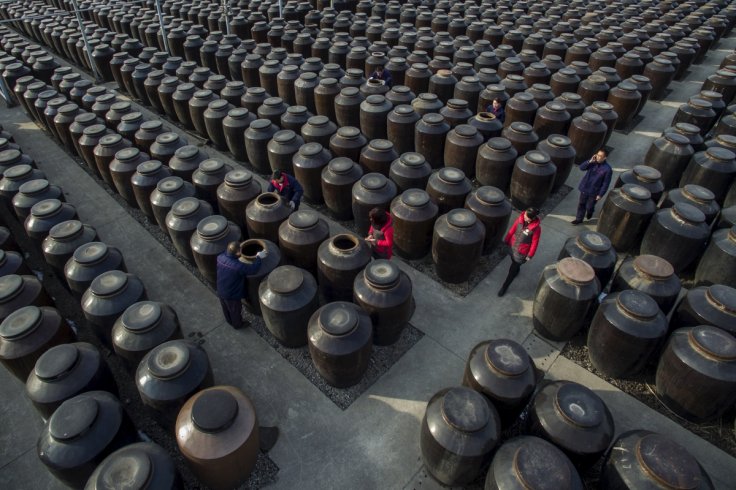
China's manufacturing activity grew at the slowest pace in more than a year in August, with export orders shrinking for a fifth month and employers cutting more staff, a private survey showed on Monday.
The gloomy findings reinforce views of a further cooling in China's economy in coming months, as the United States ramps up tariffs on Chinese goods. That is likely to prompt more spending and other growth boosting steps from Beijing.
The Caixin/Markit Manufacturing Purchasing Managers' Index (PMI) fell to 50.6 in August from July's 50.8, matching economists' forecasts.
Though the index remained above the 50-point mark that separates growth from contraction for the 15th consecutive month, it was the weakest since June 2017. While output improved modestly, most of the other readings were lackluster.
"The manufacturing sector continued to weaken amid soft demand, even though the supply side was still stable...I don't think that stable supply can be sustained amid weak demand," Zhengsheng Zhong, director of Macroeconomic Analysis at CEBM Group, said in a note accompanying the survey.
"In addition, the worsening employment situation is likely to have an impact on consumption growth. China's economy is now facing relatively obvious downward pressure."
The economy was already showing signs of stress before the U.S. trade row flared. A regulatory crackdown on financial risks and debt was pushing up borrowing costs and making it tougher for firms to get funding, sparking a growing number of defaults.
But the steady reports of weaker export orders suggest the deepening trade dispute is now adding to that pressure, with the impact starting to ripple through to China's factory floors.
New export orders - an indicator of future activity — have contracted for the longest stretch since the first half of 2016, the Caixin PMI showed.
The sub-index came in at 48.8 in August, compared with 48.4 in July. As a result, total new business, domestic and foreign, rose at the weakest pace since May 2017.
An official PMI survey on Friday also showed another month of sliding export orders, though its overall activity reading ticked higher.
President Donald Trump's administration could slap tariffs on another $200 billion of Chinese imports as early as this week.
COST PRESSURES
Facing rising costs and sluggish demand, China's manufacturers have been reducing their payrolls for nearly five years straight, according to the Caixin survey, which focuses more on small and mid-sized firms. But the August staff cuts were the sharpest in over a year.
An analysis of financial data of Shanghai-listed companies published by the Shanghai Stock Exchange on Sunday confirmed that some companies are grappling with cost pressures.
Their report found that downstream consumer firms were being squeezed in the first half of the year by higher raw materials costs and weaker-than-expected consumer demand, while upstream and midstream oil, metals and chemicals manufacturers posted the strongest profit growth.
Some firms are also facing operating difficulties due to trade frictions between the United States and China and economic restructuring, the report said.
Chinese officials have pledged to prevent extensive job losses as trade risks mount, following a rise in the July unemployment rate.
Policymakers are accelerating approvals for road and rail projects and are trying to reduce business costs. More cash is being pumped into the financial system to bring down lending rates, taxes are being cut and state banks are being urged to keep credit flowing to companies hit by trade tensions.
But economists caution it will take some time for actual infrastructure construction to get going and put a floor under the cooling economy. Fixed-asset investment growth in the first seven months of the year fell to a record low.
Meanwhile, corporate price pressures continue to rise, the private survey showed. Input costs increased at a sharp and accelerated pace last month but only one in 10 respondents said they were able to pass these on to their customers.








